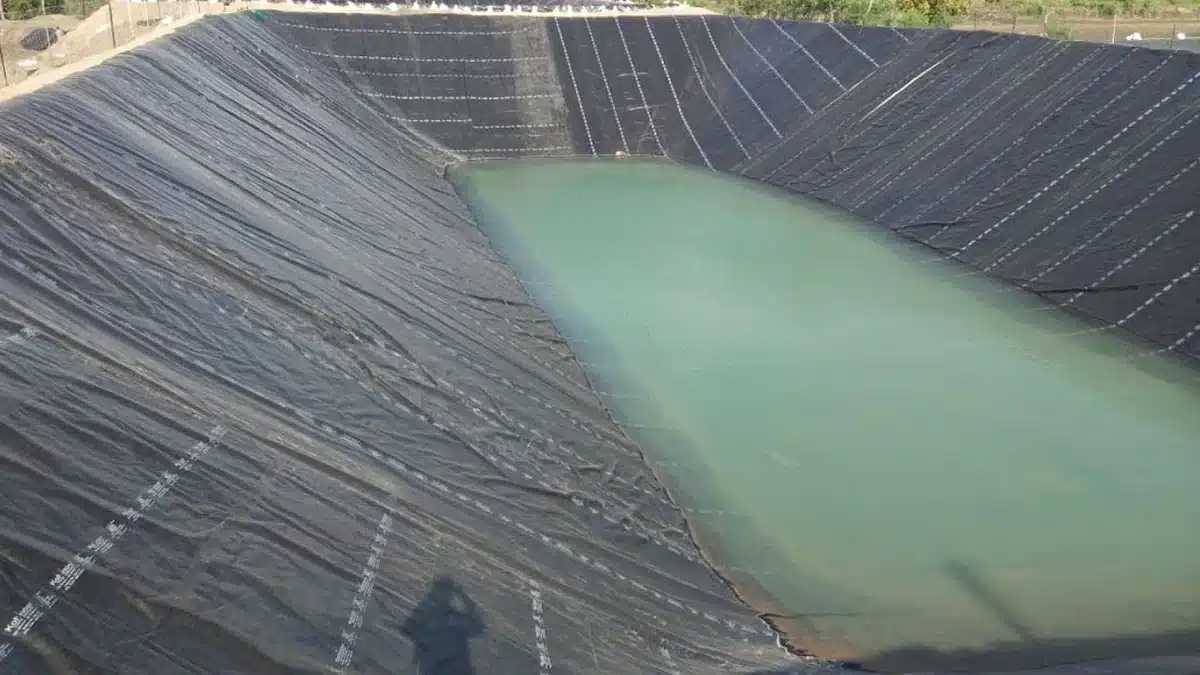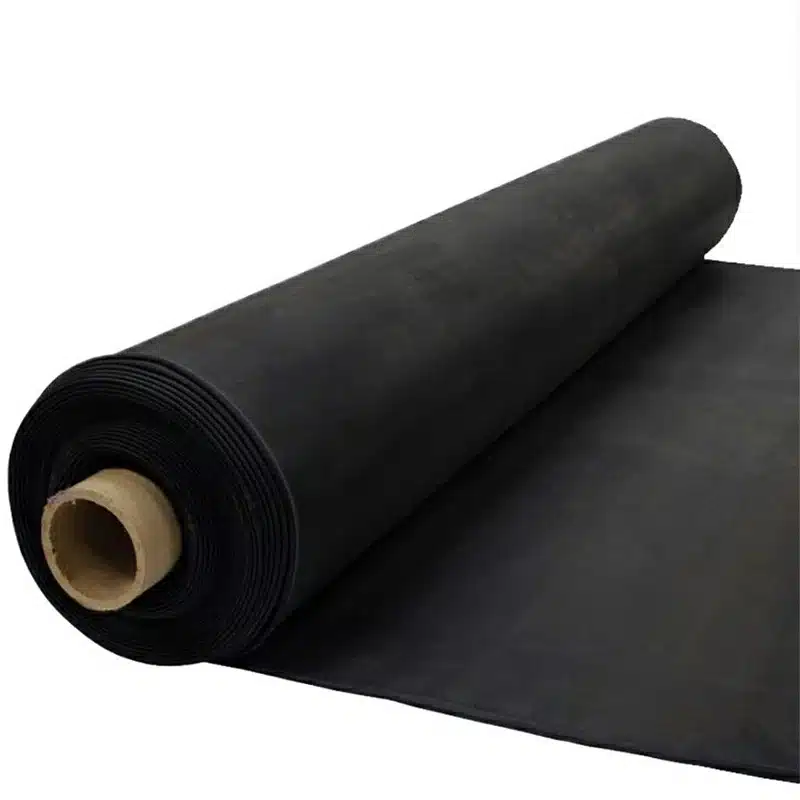+86-159 9860 6917
info@geofantex.com
geofantex@gmail.com
+86-400-8266163-44899
HDPE geomembranes are vital materials in various engineering applications, prized for their durability, flexibility, and impermeability. This article explores the fundamentals of HDPE geomembranes, including their composition, functions, and widespread use in contemporary construction and environmental projects.
What is HDPE geomembrane?
HDPE geomembrane refers to High-Density Polyethylene geomembrane, a synthetic membrane liner manufactured from high-density polyethylene resins. It is engineered to offer exceptional resistance to chemicals, ultraviolet rays, punctures, and other environmental stressors.

What is the raw material for geomembrane?
Geomembranes like HDPE are primarily fabricated from high-density polyethylene (HDPE) resins, which are derived from petroleum. These resins undergo extrusion and other manufacturing processes to produce sheets of varying thicknesses tailored to specific project requirements.
What is the main function of the geomembrane?
The primary function of HDPE geomembranes is containment and isolation. They serve as impermeable barriers to prevent the seepage of liquids and gases in construction, environmental, and hydraulic engineering applications. This includes applications such as landfills, mining operations, reservoirs, and wastewater treatment facilities.
What is the most widely used geomembrane in current use?
HDPE geomembranes are among the most widely used types globally. Their popularity stems from their superior chemical resistance, longevity, and cost-effectiveness compared to other geomembrane materials like PVC or EPDM. They are preferred in diverse applications due to their ability to withstand harsh environmental conditions and maintain structural integrity over extended periods.
In summary, HDPE geomembranes play a crucial role in modern engineering and environmental protection efforts. Their composition from high-density polyethylene resins ensures robust performance in containing liquids and gases, making them indispensable in applications ranging from waste containment to water conservation. As advancements continue in polymer technology, HDPE geomembranes are poised to remain a cornerstone in sustainable infrastructure development worldwide.



Get Free Sample
We’ll respond as soon as possible(within 12 hours)






















